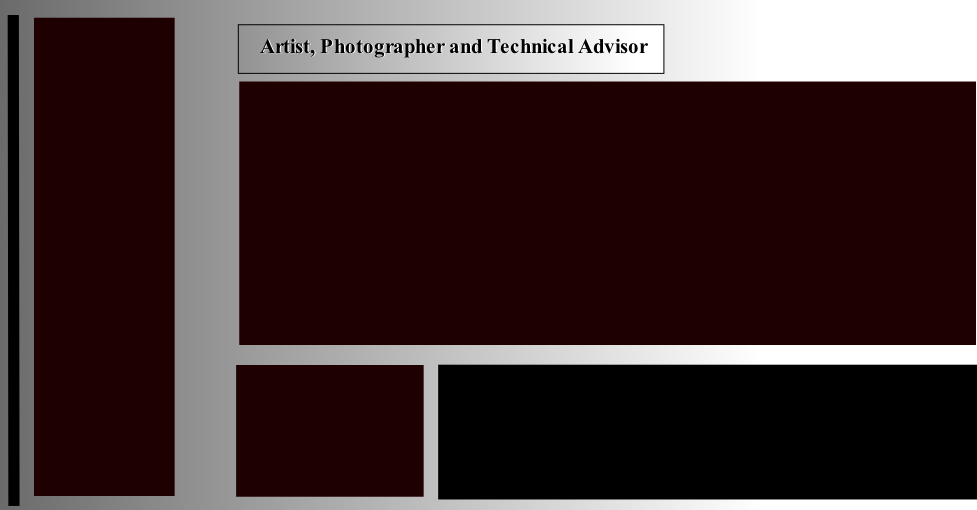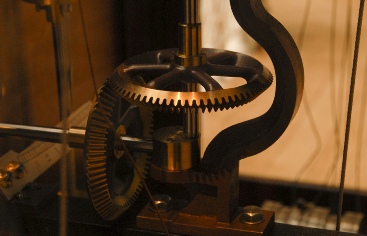


Design and Manufacture
Design and Manufacture


Design Factors
Aesthetics
Durability
Cost
Ease of Use
Function
Fitness for Purpose
Maintenance
Safety
Planned Obsolescence
Redundancy
Ergonomics
The Design Factors
The Design Factors are taken into account when both analysing a previously designed product and when designing a new product from a brief. The Design Factors listed are normally grouped into families under specific headings. For our purpose here they are:
Aesthetics
Ergonomics
Function
Market
Performance
You should try to gain a good understanding of the above Design Factors as they should be able to help you design a product from a Brief and also be of great assistance to you when Evaluating a previously made product My personal opinion is that those listed here would be the key to success when engaged with most typical assessments.
Aesthetic ![]()
Aesthetic can simply be described as the way an object looks. So what is it that affects the way it looks? Here we will list 5 of the elements that are considered to be part of the Aesthetics family. All of these can be considered when deciding how an object will look. 1) Its Shape 2) Its Colour 3) Its Texture 4) Its Line 5) Its Proportion
Cost ![]()
When designing any product the costs must be considered. Whether this is due to the budget that has been made available for its development or perhaps in order to make the product competitive or whatever, there will be economic considerations that must be taken into account and put into place and kept in mind at all times.
The production methods used can have a significant bearing on the overall cost when manufacturing an item as do the quantities involved, the materials used and the finish applied and so on.
Durability ![]()
How long should something last and under what conditions. A plastic fork and a metal fork both have their use as an implement to assist us when eating but both have very different life expectancies due to the durability of the materials used in their manufacture. The Durability here is directly tied to the proposed uses of the forks, with the plastic fork intended to be used once and then discarded, while the metal fork is expected to be used many times and is expected to last for perhaps 10 years or so. The durability of the metal forks is therefore must greater than that of the plastic fork. When determining the durability we must consider the life expectancy, the environment in which it is to be used, the frequency of use, funds available and so on.
Ease of Use ![]()
How easy is it to use? Does it need instructions or is it supplied with a DVD showing how to operate the thing. A good product should be intuitive and easily worked out, at least the basic functions that is, (How to switch it On or Off, make adjustments to speeds, heat settings and so on).
Ergonomics ![]()
Ergonomics is divided into 3 distinct areas, these are (Anthropometric Data, Physiology and Psychology).
Anthropometric Data
This is perhaps more commonly known as people sizes and often takes into account the 5th to 95th percentile range of people as those who fall out-with this range are fewer in number. Many companies aim their products at the mass of people within the aforementioned range to try to make the most gains where profits are concerned.
Physiology
Psychology also looks at percentile but is concerned with strength, (Lifting, Turning, Pulling and so on), in order to ensure that the product can be operated by the intended user.
Psychology
Is about the mind, about how a person perceives a product often by simply glancing at it. It looks attractive, it looks well made, it is easy to see how to operate it and so on.
Function ![]()
The main reason that a product exists is to carry out its Primary Function. A Tin Opener is designed to open tins and a Camera is designed to take photographs, these are the Primary Functions. However many products also have Secondary Functions, some of which may be intentional and some not. The Tin Opener may also be able to open bottle tops or have a cork screw built in and so on and the Camera may also be able to record Video or have editing capability or be able to upload images to the Internet. These additional functions are Secondary to the Primary or main function.
Fitness for Purpose ![]()
A product may be able to carry out its Primary Function fairly well yet not be Fit for Purpose. A Bird Box made from cardboard might be of the correct proportion to allow a bird to nest in it and have a suitable size of hole to allow the bird to easily gain access and it may be able to be hung up easily, but is it fit for purpose? If located in a place that was sheltered in good weather then it might function well but if used in the normal manner would the cardboard, if left untreated be able to stand up to the elements, probably not, therefore it would not be Fit for Purpose. Whereas a Bird Box of the same design made from wood almost certainly would be Fit for Purpose. The cardboard box would not function as expected.
Maintenance ![]()
People tend to maintain items that are worth maintaining. A cheap plastic pen is easily discarded when the ink runs out whereas an expensive pen would be more likely to have a refill ink cartridge bought to replace to old empty one. An item that is to be maintained in good working order has to be designed well in order to allow it to be kept so.
Planned Obsolescence ![]()
This is when an item is intentionally designed to fail or fall out of favour after a predetermined amount of time has passed. This is done to allow next generation products to be launched and become desirable. An item may become unfashionable, lack functionality or simply fail to work.
Redundancy ![]()
Many products come with additional features that many people never access or find a use for and this extra capacity is known as redundancy. One example of redundancy can be seen in the modern motor car as many engines are high powered and capable of propelling the vehicle forward at speeds in excess of 150 mph, but the maximum speed limit in the UK is 70mph. This extra capacity is known as redundancy.
Safety ![]()
Safety is often given a different level of priority when designing an item based upon its use and who the user is. An electric kettle with a 240v supply would see this design factor high on the list of areas to be carefully looked at as the item not only has an electricity supply that can be lethal but it also has water in very close proximity. An egg cup on the other hand might not see Safety as being quite so important when it came to the design with other factors such as Fitness for Purpose probably sitting higher on the list of areas to be looked at.
When looking at Safety we usually take into account and comply with B.S.I with its familiar logo the Kite Mark as well as the European and International Standards Agencies.

| Technical |
| Art Home |
| Photography Home |
| Craft Folio Basics 1 |
| Craft Folio Basics 2 |
| Unit 1 |
| Unit 2 |
| Unit 3 |
| Design 1 |
| Cones |
| Prisms |
| Circular |
| Hexagonal |
| Octagonal |
| Rectangular |
| Square |
| Triangular |
| Basic Drawing Techniques |
| Obliques |
| Isometrics |
| S5 Product Design |
| S5 Graphics |
| S5 Practical Craft Skills |
| Unit 1 |
| S4 Graphic Communication |
| S4 Craft and Design |
| S4 Graphic Communication Folio |
| S4 Graphic Communication Course Work |
| Graphic Communication Folio Exemplars |
| S4 Craft and Design Folio |
| S4 Craft and Design Models |
| S3 Craft and Design |
| S3 Graphic Communication |
| S3 Page 2 |
| S2 Craft and Design |
| S2 Graphic Communication |
| S1Craft and Design |
| S1 Graphic Communication |
| Art Page 1 |
| Art Page 2 |
| Art Page 3 |
| Art Page 4 |
| Art Page 5 |
| Sketches 1 |
| Sketches 2 |
| Sketches 3 |
| Paintings |
| General Photography 1 |
| Studio 1 |
| Black and White 1 |
| Sport 1 |
| Animals |
| Landscape and Scenery |
| Special Effects |
| Special Effects 2 |
| Wedding and Other Parties |
| Plants |
| Structures |